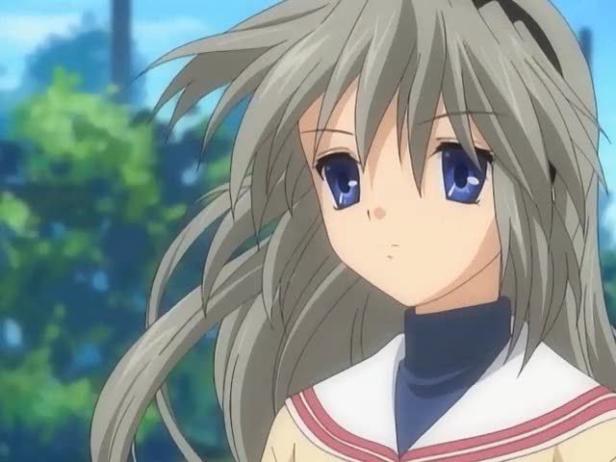Physical Address
304 North Cardinal St.
Dorchester Center, MA 02124

I’ve been thinking a lot about female characters in anime and manga recently (not exactly a surprise, I know), and it’s something where, even if I don’t have a fully formed argument or point to make, I feel compelled to write something down. Forgive me as I meander through my own thoughts in an attempt to piece it all together.
About a month ago I was reading the comments section on polygon.com in regards to the portrayal of female characters in video games. I can’t remember which game they were talking about, but one commenter said something along the lines of, “You shouldn’t bring up Japan when trying to show strong women in video games because it’s such a sexist culture. Just look at anime and manga,” and it made me bristle. I do think Japanese culture is sexist in many ways, but the idea that this perception of Japan as sexist made it impossible for Japanese fiction to have really good female characters in this person’s eyes bothered me because I’ve seen plenty from every period of anime and manga.
I know it was just one comment on a video game article, but it got me thinking more broadly about what people see in anime and manga, and to what extent the image of anime and manga as sexist is fueled by what people want to see. I recently saw a comment that criticized Heartcatch Precure! for encouraging girls to be stereotypically feminine by having the character of Itsuki, who normally dresses like a boy, express a desire to be more girly. While I know there are plenty of examples of tomboy characters who end up feeling like they need to dress like girls to attract their male love interest, Itsuki’s story is more about how she suppressed the side of her which enjoys cute things out of a somewhat misguided sense of duty and responsibility. Yet, rather than taking this as the message, it was like as soon as the person saw the rough outlines of the stereotype, surely it would play out the same as always.
There are most certainly a good deal of works which go out of their way to objectify women for male consumption, but I just find that there are also plenty of instances of well-portrayed women and girls in anime and manga. Whether it’s Princess Jellyfish or Rideback, Kekkaishi or Gowapper 5 Godam, it seems like these female characters get ignored because they’re, somewhat ironically, not as eye-catching as a Queen’s Blade or an I Wanna Be the Strongest in the World! There seems to be this idea that anime = sexism, and while even the works I mentioned as strong examples aren’t entirely devoid of sexism themselves, I also don’t think it’s as simple as just slapping the misogynist label on Japanese media as a whole. Messages regarding women in anime and manga can be so diverse and divergent.
At this point I’ve seen a lot of 60s and 70s shoujo, and I’ve noticed a clear trend of mischievous tomboy heroines from that time period. Even putting aside an extreme example such as Oscar from Rose of Versailles who was raised as a man to uphold her family’s proud military tradition, you have Candy from Candy Candy, who’s adventurous and constantly challenging the conceitedness of the upper class, and Angie from Petite Angie, who is portrayed as an extremely clever detective. You have Ayuko from Attack No.1, whose aggressive desire to win at volleyball inspires the rest of her teammates, and Yumi from Sign wa V! who initially plots to sabotage her teammates because of how much she despises volleyball. Hiromi from Aim for the Ace, Lunlun from Hana no Ko Lunlun, Masumi from Swan, the list goes on and on. All of these characters have their fair share of personal agency (even if it’s not always an ideal amount). Given that the trend of the strong, mischievous tomboy was clearly a “thing,” and I do believe it continued in some form well beyond the 70s (Utena is an obvious one, but perhaps Lina Inverse from Slayers counts too, for example?), I just have to wonder about the disconnect between that and the perception of anime and manga as inherently misogynistic and where it may have come from.
Is it a matter of age of these older titles, that if people were able to access the works these characters are from, that they would change their minds? Is it that shoujo doesn’t act enough as the “face” of anime and manga? Could it be that, as much as we’d like to think we’ve gone beyond the stereotype, anime is still viewed as essentially “porn or Pokemon?” If the ratio were different, and there were just fewer fanservice titles or works where girls are basically a cheerleading squad for the heroes, would detractors be more charitable towards anime and manga, or is it inescapable as long as some titles are still like that? For that matter, to what extent does the western image of the submissive Asian woman affect and interact with how people see all female characters coming from Japan, and how does it differ from the similar stereotype as viewed by Japan (I can of course admit that it’s there too)?
What shapes people’s views of female characters in anime and manga? I guess that’s the question I want to explore the most.